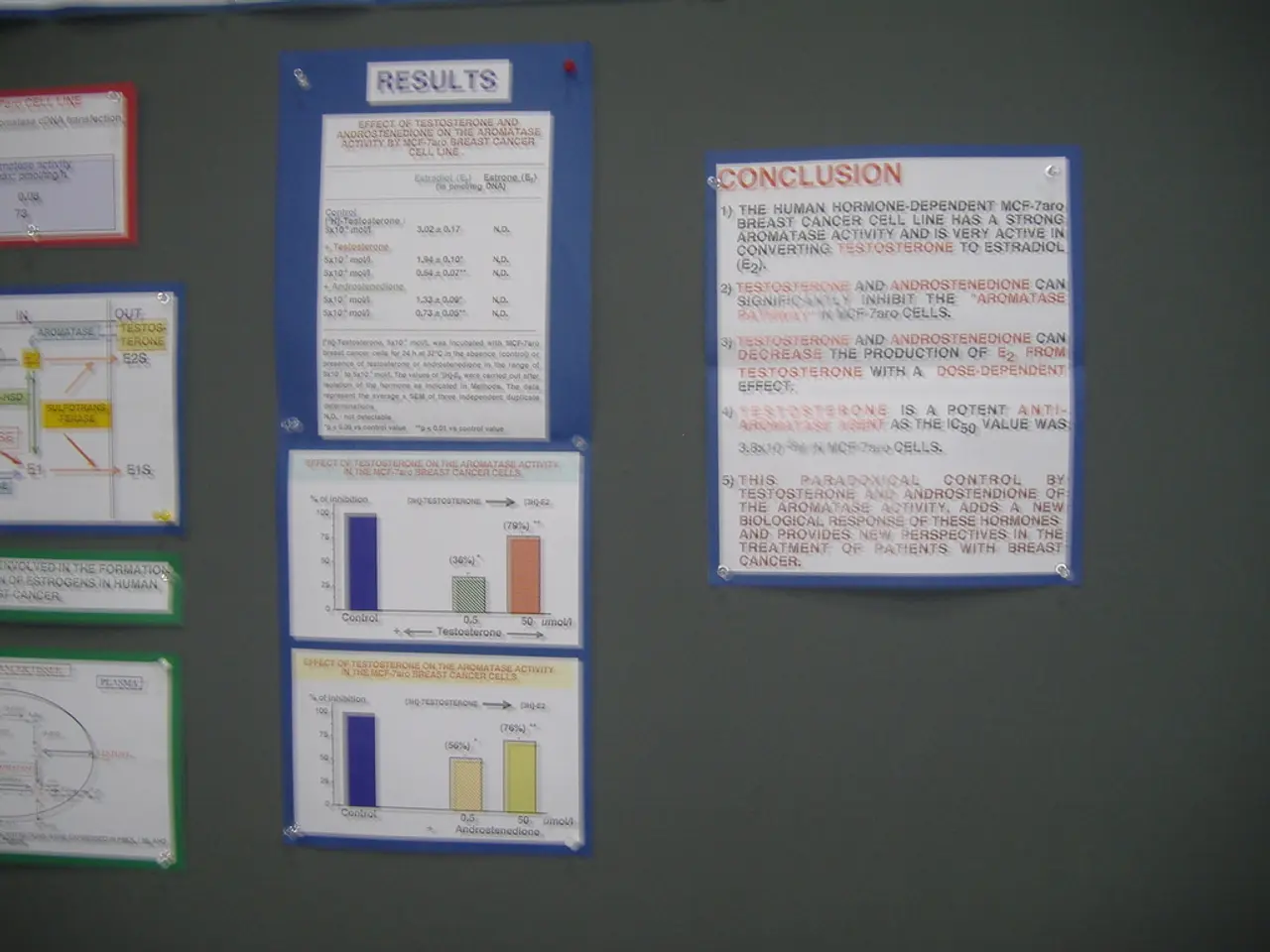Impacted and safe jobs identified in Microsoft's AI study: 40 positions at risk, 40 untouched (temporarily)
A new study by Microsoft Research has identified 40 occupations that are most at risk from advanced AI tools. The study, which analysed over 200,000 interactions with AI tool Copilot, found that jobs involving knowledge work, information processing, writing, teaching, and advising show the highest alignment with current generative AI capabilities like Copilot and ChatGPT.
The study ranked customer service representatives, writers, authors, journalists, interpreters, translators, sales professionals, data scientists, and business analysts as the most vulnerable roles. In contrast, jobs requiring physical presence or hands-on interaction have minimal AI exposure, placing them among the 40 least affected occupations.
The findings of the study have significant implications for the future of work. Many knowledge work jobs may see significant transformation, with AI tools assisting or automating core activities. This could enhance efficiency but also raises concerns about job security and potential workforce reductions, especially as businesses seek to streamline operations.
The AI applicability score, introduced in the study, provides a real-world measure to inform workers, companies, and policymakers about where AI is having the most impact now and likely to affect jobs in the near future. There is a correlation between AI applicability and roles involving information provision and communication, highlighting which sectors could benefit most from AI augmentation and which may face displacement risks.
While manual labor and infrastructure operation jobs, such as dredge operators and paving crews, are less affected by AI disruption, experts warn that robotics and automation could eventually reshape those fields as well. However, not all change is bad. With proactive upskilling and a strategic shift toward hybrid human-AI workflows, many careers may pivot rather than vanish completely.
If your job appears on the AI-vulnerable list, it's a good time to evaluate your skill risk and consider upskilling, particularly in areas where human judgment and creativity still matter. Developing complementary skills like critical thinking, communication, ethical reasoning, and AI oversight can help you stay competitive as automation accelerates.
The study does not mention any specific job that is considered far less vulnerable to AI disruption in the field of healthcare support roles or construction or manual labor. However, certain skilled trades and facility management roles are considered far less vulnerable.
As AI tools like Copilot become more capable, organizations may push to replace or reallocate roles traditionally handled by humans. AI could eliminate up to 50% of entry-level white-collar jobs within the next five years, potentially pushing unemployment rates as high as 10-20%.
In conclusion, the study by Microsoft reveals where the pressure is mounting as AI tools reshape the job market. It's crucial for workers and businesses to stay informed and proactive in adapting to this changing landscape. With the right skills and strategic planning, many careers can pivot rather than vanish completely.
- The study reveals that careers in finance, such as data scientists and business analysts, are among those most vulnerable to AI disruption, raising concerns about job security and potential workforce reductions.
- Despite the advancement of AI tools, jobs in sectors like manual labor, construction, and skilled trades are considered to be less vulnerable, indicating the need for proactive upskilling, especially in areas where human judgment and creativity still matter.




